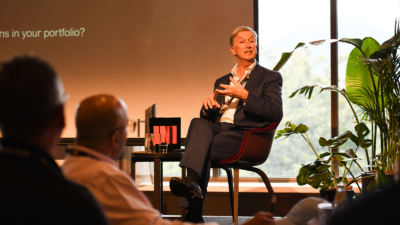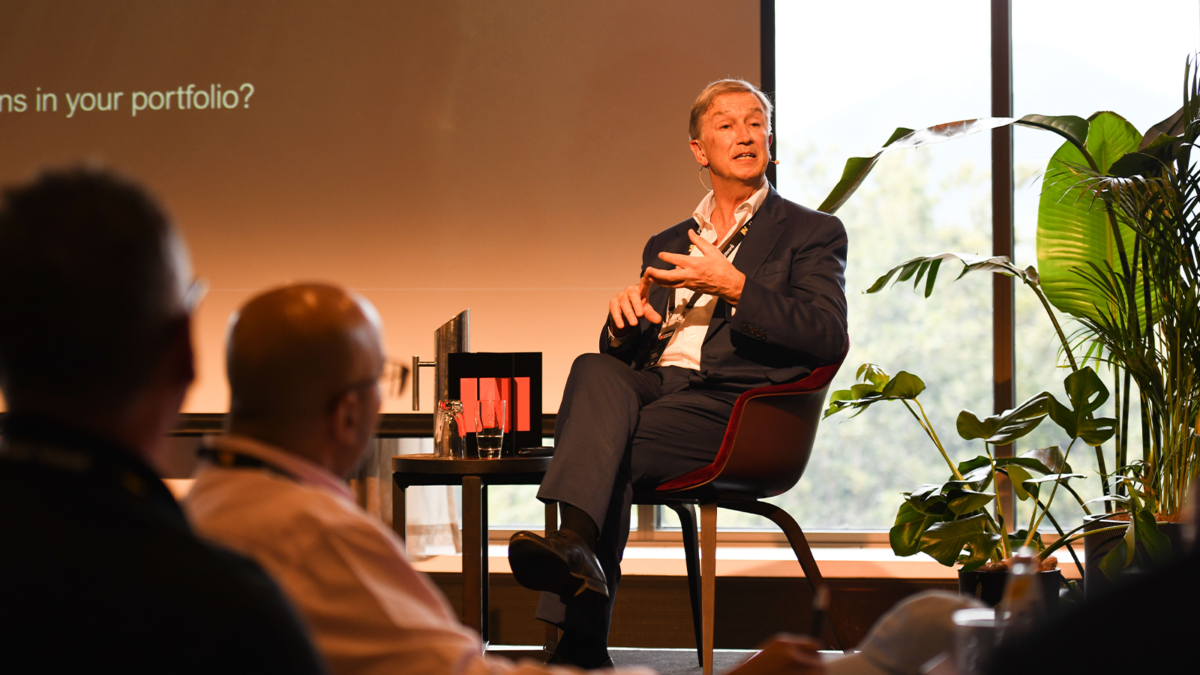What makes a good company AGM, and when it’s right to turn someone’s mic off
Annual general meetings can be the making of a chief executive at the countries largest companies, or they can be the downfall. According to some of the most experienced executives in Australia, there’s no simple formula to a perfect AGM, but for an effective shareholder forum the discussion needs to be focussed on the things that matter. And there needs to be sandwiches.
Ex-Chanticleer columnist Joe Aston, now on the speaking tour while he puts the finishing touches on his Qantas tell-all, The Chairman’s Lounge, hosted a session at the Australian Shareholders Association’s national conference this week, where he asked three well-known executives what they thought made for a good AGM.
According to Christine McLoughlin AM, director and chair at Suncorp (pictured, right), it needs to be forward-looking and not get bogged down on “peripheral issues”.
“A great AGM is when the questions that come to the chair and to the CEO… relate to the business and [is] related to not just the performance of the past year, but what’s coming down the track with strategy of the business,” McLoughlin said, adding that executives shouldn’t be afraid to “tell a bit of a story about themselves”.
“That’s about the only chance that a lot of retail shareholders will get to hear from an individual about how committed they are to the role and what experience they bring,” she said.
In response to Aston suggesting that AGM season is “all about the sandwiches” for journalists, McLoughlin countered that it’s “all about the conversations over the sandwiches” for executives and shareholders. “Often retail shareholders who come to an AGM listen, but they don’t actually want to stand up and speak,” she said. “But when they get a chance over a sandwich or cup of tea to actually chat to me as chairman or one of my directors, they’ll come because they’ve got something to say.”
Philip Chronican (pictured, left), the National Australia Bank non-executive director and chair who stood in as interim CEO for 8 months in 2019, said virtual or hybrid AGMs “work well” but present challenges.
“If too many people use the online question facility it becomes unmanageable,” he said, adding that it doesn’t work well if you have a room full of people “watching a zoom meeting”.
The key, he explained, was to make sure the in-person room is a significant part of the AGM, while still providing an avenue for online participants to ask questions. “For the last couple of years with hybrid AGMs the ratio of in-room questions to online questions has been quite manageable, so it’s working quite well.”
On catering, Chronican said, the smell of sausage rolls was a good way to fill out the room. Sadly, most AGMs run too long for them to stay warm. “We’re never sure how long it’s going to go,” he said.
In line with his provocateur persona, Aston asked the executives whether it was permissible to cut off a disgruntled shareholder who was voicing their opinions at an AGM.
AGL non-executive director and chair Patricia McKenzie said while it was important for retail shareholders to have the opportunity to question CEOs and board members, one person shouldn’t have the right to get in the way of others.
“The only circumstances in which I’ve considered [cutting the mic]… would be if the meeting has been disrupted, so that all shareholders are not getting a fair opportunity to ask questions,” McKenzie said.
“The other possibility is where you answered the same question five or six times and it’s no longer useful for the meeting to hear the same answer over again. So in those circumstances, I think you pull out and say, we’d like to move on to the next.”











